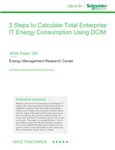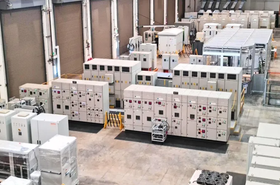Google has combined carbon reporting features in its cloud services into a suite, which now has an AI based feature to help customer reduce the carbon footprint of their cloud activity.
The Carbon Sense includes existing features like Carbon Footprint, which measure the carbon emissions of Google customers' cloud usage, but now has a tool to recommend ways to cut that footprint by switching off unused resources.
In 2021, Google launched Carbon Footprint, a tool to analyze customers' carbon usage in the Google Cloud. Checking the aggregate data for all its customers, it noted that 600,000 gross kgCO2e was apparently wasted by idle virtual machines. The new addition to its Active Assist tool uses Google Cloud's AIOps platform to spot projects which aren't being used, and can be switched off or reclaimed.
Active Assist already exists, with tools like Policy Intelligence, Network Intelligence Center, Predictive Autoscaler, and a recommendations service. Google has now added an "unattended projects recommender" to its arsenal, and created a field to display the carbon emissions associated with any given project.
"The carbon emissions associated with your cloud infrastructure can be a big part of your overall environmental footprint," says a Google blog post by product managers Cheng Wei and Dima Melnyk. "Choosing to run on Google Cloud is a great first step — we’ve matched the energy used by our data centers with 100 percent renewable energy since 2017, and are committed to running our operations on carbon-free energy 24x7 by 2030. But once you’re running on Google Cloud, if you want to reduce the gross carbon emissions of your workload you can take action to optimize your usage."
Google says it will combine this, with the Carbon Footprint tool and other future work, into a Carbon Sense suite, a collection of features to create a full picture of the gross carbon emissions of any customer's Google Cloud usage.
The energy used by Google Cloud is matched by clean energy, but not hour-by-hour, so at any given moment, different Google Cloud regions are using electricity which may be highly carbon-intensive. The toolset includes signals which allow users to choose "cleaner" regions for their workloads, according to the blog.
Data from the tools can be exported to other Google reporting tools, or to Google Workspace Sheets, which is a standard spreadsheet.
Customers can opt out of the programs for privacy reasons if they prefer.




